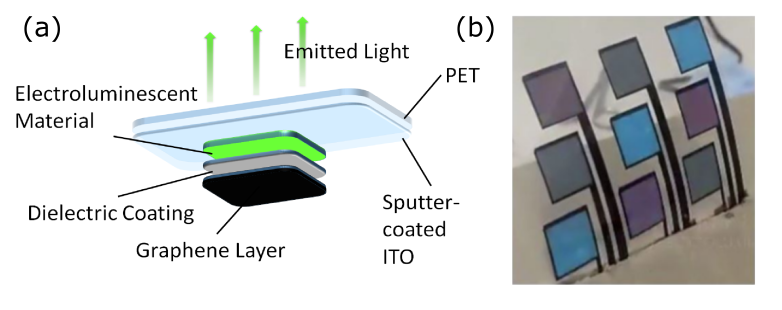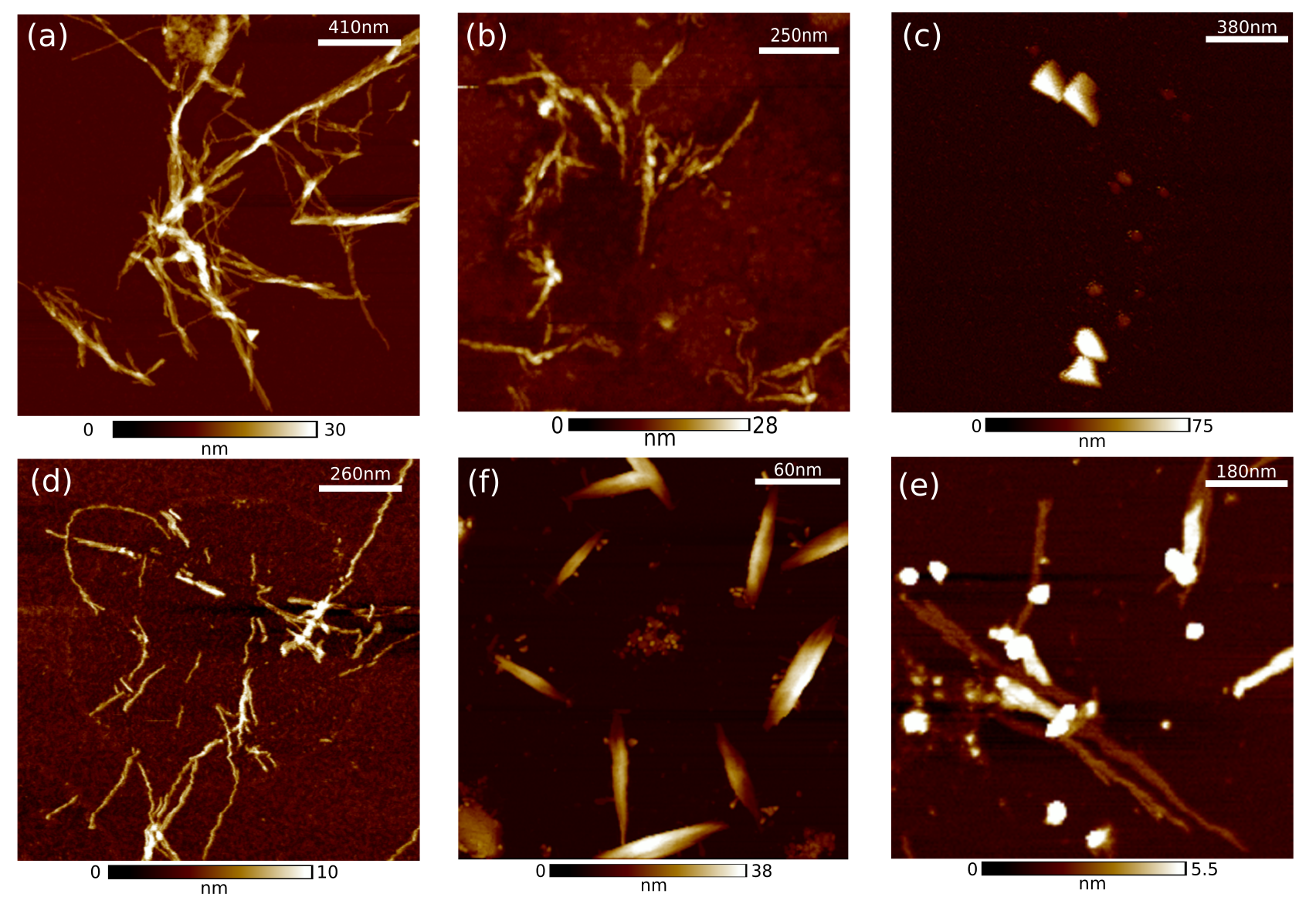NanoDTC

The course
After completing my undergraduate, I enrolled in EPSRC CDT in Nanoscience and Nanotechnology NanoDTC. This is a 4 year MRes+PhD degree. In the first (MRes) year we took lecture courses, hands-on practicals and two 8-week (mini) and one 13-week (midi) long experimental projects. At the end of the first year, we selected PhD research projects.
The first year was a preparation for interdisciplinary research, with additionaly focus on skills to take technologically relevant research to market. I had courses in (virtually) all areas of Nanotechnology, science communication and business-oriented modules. This is combined with experimental projects aimed to put us out of our comfort zone in areas of research we have not worked in before.
Projects
Mini 1: Dielectric Inks

Flexible light emitting device
In my first NanoDTC Mini project, I worked with in Hybrid Nanomaterials Engineering group on making dielectric inks. The group was investigating 2D materials such as graphene and hexagonal boron nitride (h-BN) as an ingredient in inks. The aim was to use the existing large-scale print technologies to make flexible electronic devices, such as the flexible light emitting devices on the picture above.
One of the key ingredients of these devices is the dielectric layer that creates a separation between conducting layers. I was working on creating and testing polymers inks for appications in printable electronics. More details about the project can be found in the report below.
Mini 2: Protein firbils

AFM of amyloid protein fibrils
The second Mini project I worked in Molecular Neuroscience group with Dr S. Kaminski Schierle on understanding the flourescence of protein structures known as amyloid protein fibrils. These have been linked to a number of degerative diseases, including Alzheimer’s and Parkinson’s. These proteins form long fibrils seen on the picture above (taken by Atomic Force Microscope). Understanding the fibrilisation process is the key for progress in diagnostics and treatment of neurodegenerative diseases.
In their fibrilised state these proteins exhibit fluorescence believed to be closely related to the fiber structure. I worked on inducing the fibrilisation, studied their structure and measured flourescence. More details can be found in the report below.
Midi: 3D spintronics
Towards racetrack memory
My long (midi) project was with the Thin Film Magnetism Group where I did my PhD as well. I worked on electrically contacting 3D magnetic structures.
Nanomagnetic devices based on motion of magnetic domains could be used for the next generation memory and infromation processing devices which promise to be fast and low power. To be able to compete in memory density with the modern devices, we need to be able to fabricate 3D circuits and control them electrically. We attempted to use transparent paralyne layer to contact 3D structures from top and bottom. With this, we would be able to at the same time measure the magnetic state (for which we need to shine a laser on the structure) and the electrical response.
Although I had promising results, it was not reliable enough for routine measurements. In my PhD, I ended up focusing on the 3D fabrication and magneto-optical measurements.
